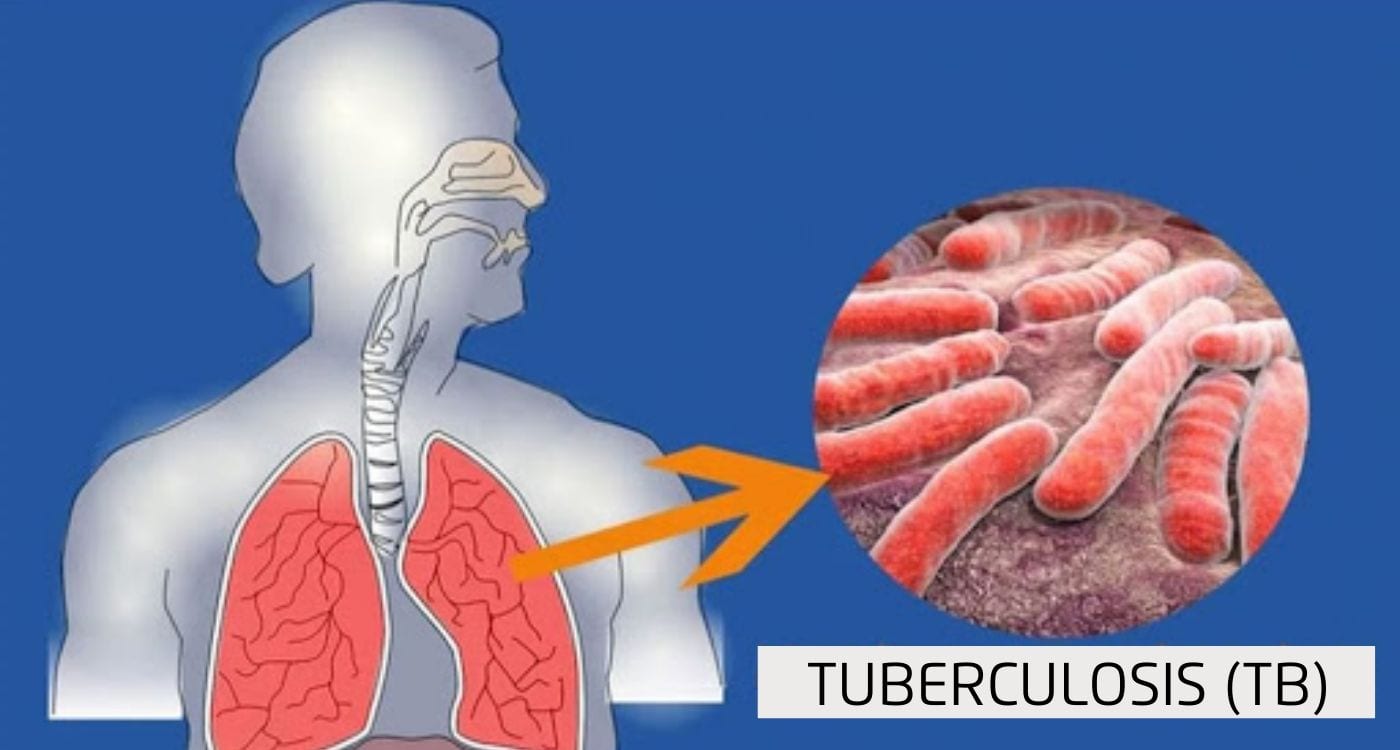News Highlight
President Droupadi Murmu virtually launched the Pradhan Mantri Tuberculosis (TB) Mukt Bharat Abhiyaan on Friday.
Key Takeaway
- The President said it was the duty of all citizens to prioritise the anti-tuberculosis campaign and make it a mass movement.
- Tuberculosis caused the largest number of deaths among all other infectious diseases in the country.
- India has a little less than 20% of the world’s population,but has more than 25% of the total TB patients in the world.
Tuberculosis
- It is caused by bacteria (Mycobacterium tuberculosis), and most often affects the lungs.
- TB is spread through the air when people with lung TB cough, sneeze or spit. A person needs to inhale only a few germs to become infected.
- TB is a very ancient disease and has been documented to have existed in Egypt as early as 3000 BC.
- TB is a treatable and curable disease.
- Symptoms:
- Common symptoms of active lung TB include cough with sputum and blood at times, chest pains, weakness, weight loss, fever, and night sweats.
Global Burden of TB
- In the year 2017, the largest number of new TB cases occurred in the South-East Asia and Western Pacific regions, with 62% of new cases, followed by the African region, with 25% of new cases.
- Also, eight countries accounted for two-thirds of the new TB cases: India, China, Indonesia, the Philippines, Pakistan, Nigeria, Bangladesh, and South Africa.
India Initiatives to Counter TB
- Program Towards the Elimination of Tuberculosis:
- The program builds on a partnership between the government of India and the World Bank.
- The program aims to improve the coverage and quality of TB control interventions in nine states:
- Uttar Pradesh
- Maharashtra
- Bihar
- Rajasthan
- Madhya Pradesh
- Karnataka
- West Bengal
- Assam
- Tamil Nadu.
- TB Mukt Bharat Abhiyaan:
- The Pradhan Mantri TB Mukt Bharat Abhiyaan has been envisioned to bring together all community stakeholders to support those on TB treatment and accelerate the country’s progress toward TB elimination.
- National Strategic Plan (NSP) to end TB:
- It encapsulates the bold and innovative steps required to eliminate TB in India by 2025.
- ‘TB Harega Desh Jeetega’ Campaign:
- It aims to improve and expand the reach of TB care services across the country by 2022.
- It has three strong pillars, which include a clinical approach, a public health component, and active community participation.
- NIKSHAY portal:
- NIKSHAY (www.nikshay.gov.in) is a web-enabled application that facilitates monitoring of universal access to TB patients’ data by all concerned.
Global Actions Against TB
- Ending the TB epidemic by 2030:
- Ending the TB epidemic by 2030 is among the health targets of the newly adopted Sustainable Development Goals.
- The WHO’s End TB Strategy:
- It outlines global impact targets to reduce TB deaths by 90%, to cut new cases by 80% between the years 2015 and 2030, and to ensure that no family is burdened with catastrophic costs due to TB.
Anti-TB medicines
- Multidrug-resistant tuberculosis (MDR-TB):
- It is a form of TB caused by bacteria that do not respond to isoniazid and rifampicin, the two most powerful first-line anti-TB drugs. MDR-TB is treatable and curable by using second-line drugs.
- Extensively drug-resistant TB (XDR-TB):
- It is a more serious form of MDR-TB caused by bacteria that do not respond to the most effective second-line anti-TB drugs, often leaving patients without any further treatment options.
Content Source: The Hindu



